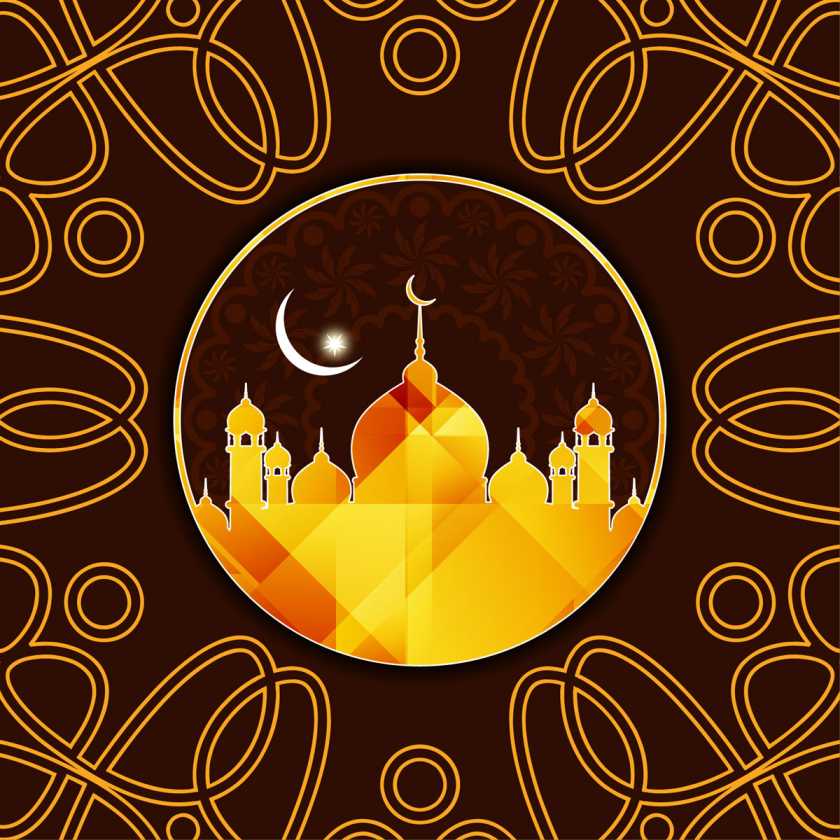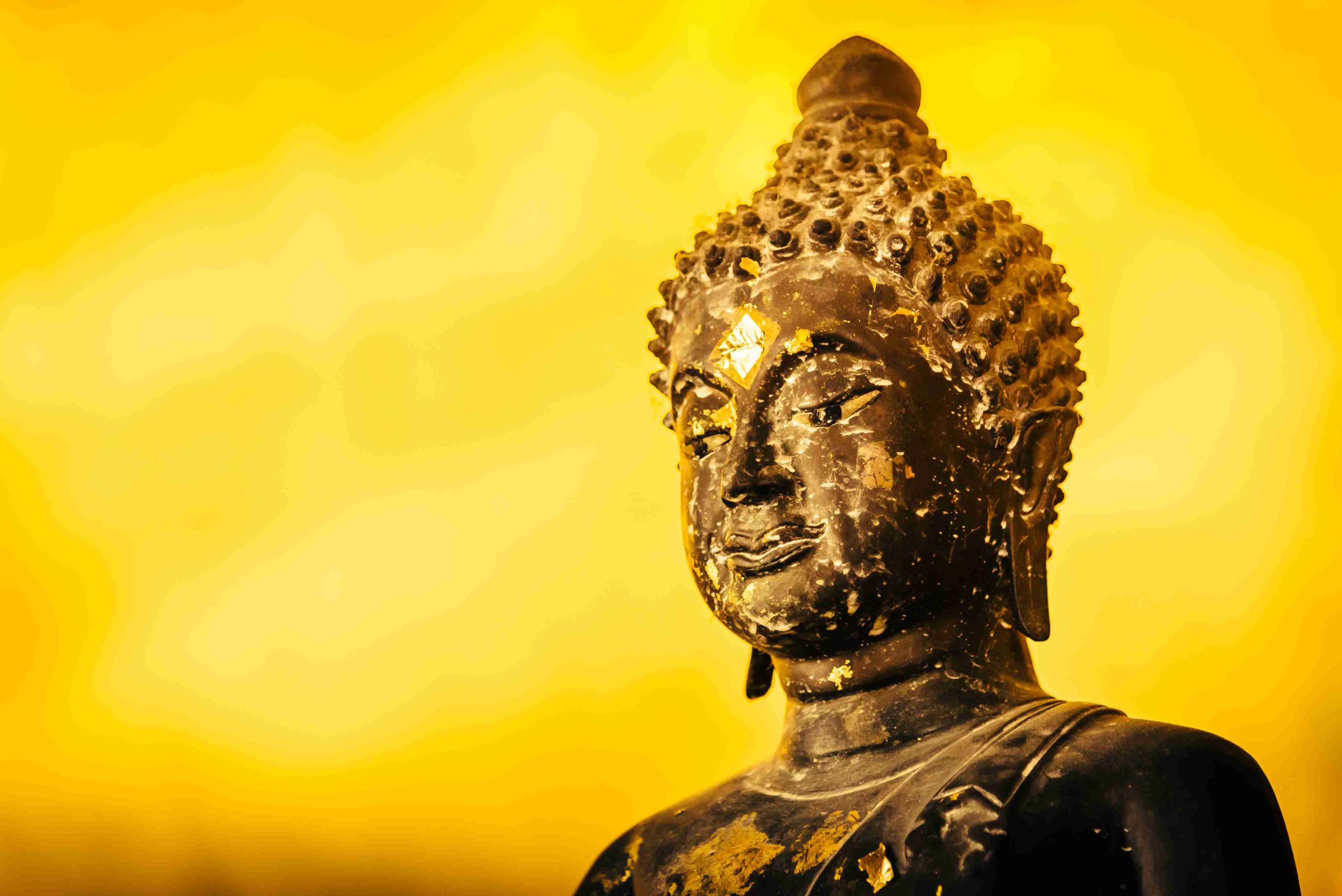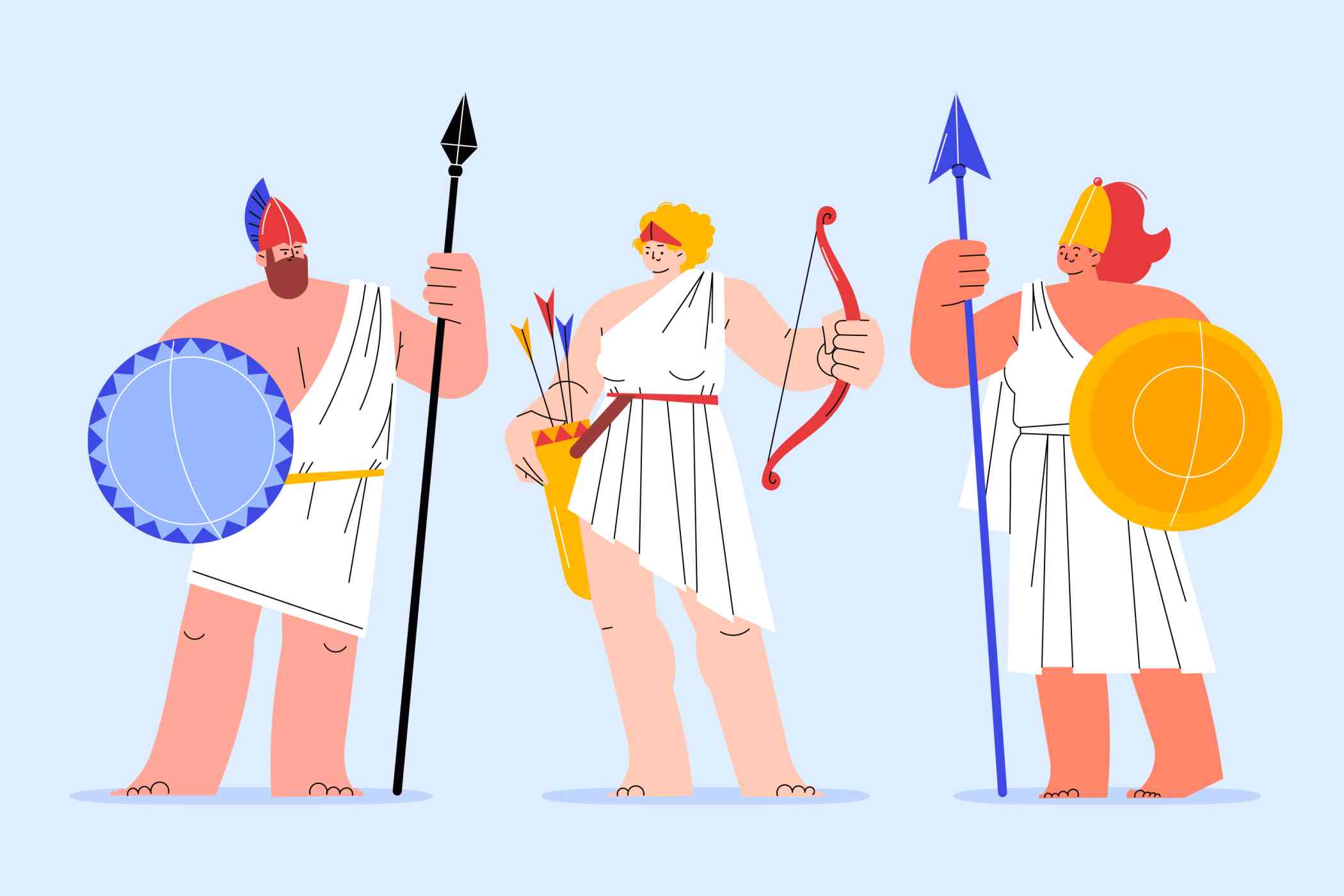It is the time period called the Islamic Golden Age, in fact the period from 700 to 1400, which becomes a glorious period of intellectual flourishing within the Islamic world. During this time, significant advances were made in several fields of learning such as mathematics, astronomy, medicine, and even philosophy. Some of the very important institutions of this intellectual reawakening included observatories which played the part almost as reflections and beacons of inquiry and of reflection across cultures as well.
The observatories of the Islamic Golden Age were probably the best in the world and directly contributed to understanding phenomena beyond them in the sky. The best known of them, of course, is that of the Great Observatory of Samarkand, completed in the 15th century under Ulugh Beg, the Timurid astronomer. The establishment is one of the most advanced of its times and got the giant sextant and astrolabes that made it possible for astronomers to make possibly the most precise measurements in determining the positions of stars and planets. The observations would contribute to the improvement of the Ptolemaic system—defining an Earth-centered universe—and later European thought proffered by Copernicus.
Another great example would be the Baghdad Observatory, established during the Abbasid Caliphate. During that time, Al-Khwarizmi and Al-Battani made great contributions to the field of astronomy and mathematics. Al-Battani improved the accuracy of the solar year and laid down the principles of trigonometry that were to become foundational in navigation and other sciences. Under an atmosphere of scholarship, such as the one found at this observatory, scientists such as Arab, Persian, Greek, and Indian would work with one another, synergizing ideas that went beyond geography’s borders and enriching their scientific discourse.
Observatories were not just places of monitoring; their primary function implied that they were used for developing techniques to come up with a new line of thought regarding cosmology. One famous scholar in this field, whom people generally call the father of optics, was Ibn al-Haytham. He laid down important principles regarding light and vision to lay down the very foundations on which the scientific method could proceed. His notable book, “Book of Optics,” reflected not only practical theories but also the philosophical inquiry into perception and reality. Most of such investigations would be carried out in observatories, where theorists could observe the phenomenon related to celestial bodies, with the help of mathematical reasoning towards his studies.
Observatories are also schools that train generations of scientists in man-time astrology, astronomy, and mathematics. It attracted clever students and held debates to create conditions for the developing ideas. This continuous progress also preserved, translated, and benefited from the previous legacy of knowledge from civilizations such as the Greeks and Indians.
While Islamic scholars improved the science of astronomy, they also excelled in navigation and farming techniques, as they observed astronomical phenomena. Those developments of accurate astronomical tables resulted in more efficient navigation for the traders which were important, especially when the Mediterranean and neighboring areas were busy with trade. This cross-pollination of knowledge abridged trade routes and further continues to enable cultural and scientific exchanges of the time.
To conclude, observatories of the Islamic Golden Age did really not serve for just gazing at the stars; they were active institutions of learning, sharing and synergy. So bygrsmathizing astronomy to geographical knowledge smdoua the arts of forture thus required for upcoming scientific advances that eventually played through history and shaped Western science. The legacy of these observatories remains testaments to what rich contributions Islamic civilization had delivered to global understanding towards the universe.







